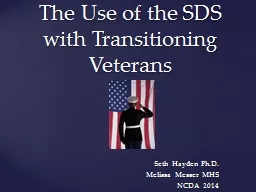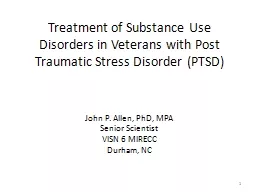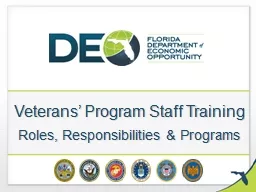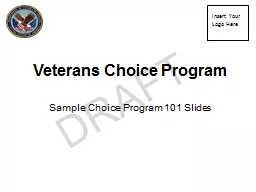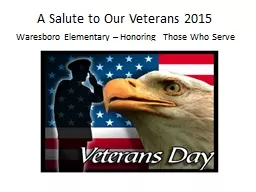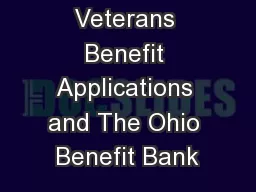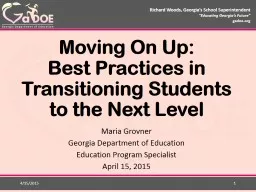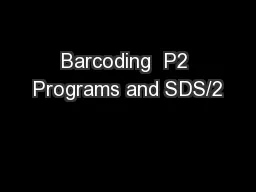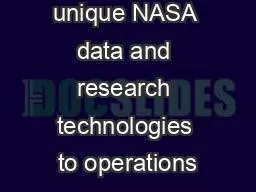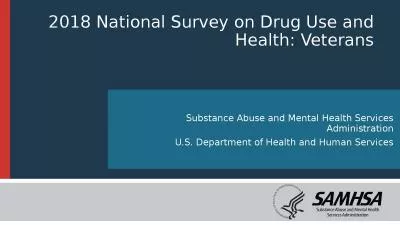PPT-The Use of the SDS with Transitioning Veterans
Author : giovanna-bartolotta | Published Date : 2017-05-23
Seth Hayden PhD Melissa Messer MHS NCDA 2014 Melissa Messer MHS Senior Project Director Psychological Assessment Resources Inc Seth Hayden PhD NCC Program Director
Presentation Embed Code
Download Presentation
Download Presentation The PPT/PDF document "The Use of the SDS with Transitioning Ve..." is the property of its rightful owner. Permission is granted to download and print the materials on this website for personal, non-commercial use only, and to display it on your personal computer provided you do not modify the materials and that you retain all copyright notices contained in the materials. By downloading content from our website, you accept the terms of this agreement.
The Use of the SDS with Transitioning Veterans: Transcript
Download Rules Of Document
"The Use of the SDS with Transitioning Veterans"The content belongs to its owner. You may download and print it for personal use, without modification, and keep all copyright notices. By downloading, you agree to these terms.
Related Documents

